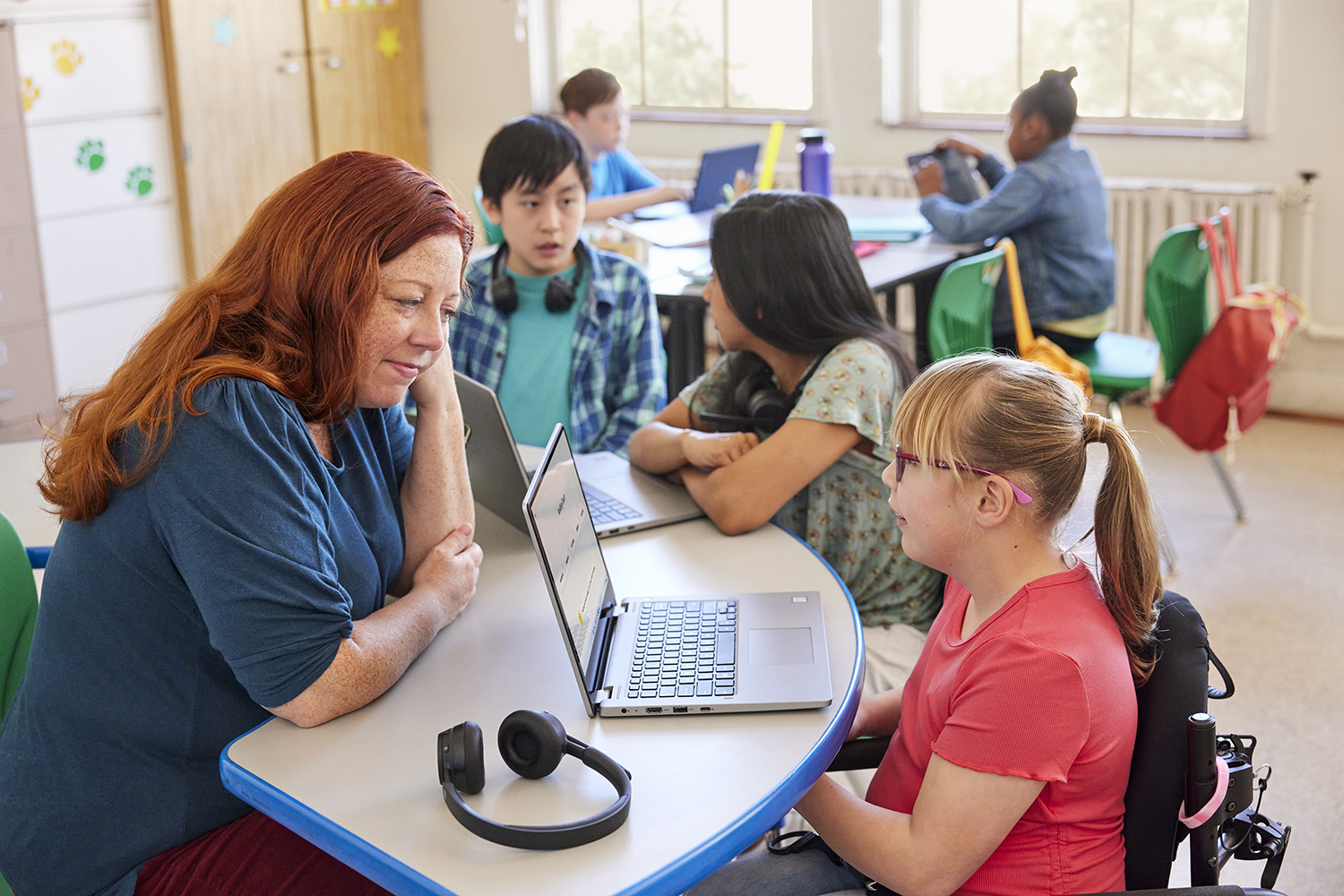While the world and educational systems throughout it continue to grapple with challenges stemming from the pandemic, students across the globe keep learning in their local languages with the help of the Learning Passport.
Today, an estimated 35 million children are displaced globally as a consequence of war, natural disasters, disease outbreak, or other crises.1 In many countries, efforts to mitigate pandemic risk have separated 463 million students from school entirely due to a lack of remote learning policies or lack of devices needed at home.2 This means that many students will experience their third calendar year without education.
Originally launched as a digital remote learning platform for displaced youth in September 2018, the Learning Passport was later expanded to provide out-of-school children with continued access to quality education as school closures became prevalent during the pandemic.
Developed by UNICEF and powered by Microsoft, the platform allows governments around the world to manage the educational crisis by enabling teaching and learning through localized curriculum that is easily accessible both online and offline.
The global disruption to education caused by COVID-19 has been unparalleled, affecting 1.6 billion learners at its peak and leaving 463 million children unable to access digital or remote learning programs. To ensure the continuity of learning for children, we must reimagine education and transform education systems.
Robert Jenkins, Global Director of Education and Adolescent Development at UNICEF
Last year, TIME listed the Learning Passport as one of the best inventions of 2021. Today, it has reached more than two million users, with a growing number of countries adopting it as their national learning management system or using it to complement existing digital learning platforms that enable children to continue learning.
We know that frequent and prolonged interruptions to education can have a devastating effect on a student’s future beyond school.
The Learning Passport enables countries to bridge the learning and skills gap by providing learning opportunities directly to the students who need them.
The platform reflects Microsoft’s commitment to enable equitable access to education and empower every student on the planet to reach their academic and social potential.
Alexa Joyce, Digital Transformation & Skills Director, EMEA, Microsoft Education
This includes providing students with equal access to the opportunities, resources, and support they need to succeed—regardless of their ability, income, language, location, or identity. This belief is ingrained across all of Microsoft’s learning solutions and technologies, which are inclusively designed to help all learners achieve more.
The Learning Passport provides local content as well as global supplementary resources to support learners, with additional training materials and tools for teachers and parents. It also introduces an extensive educational model that covers early childhood education, primary and secondary education, adolescent skills, and technical and vocational education—all tailored to the specific needs of children and youth who are out of school or in need of support. Students who use the platform will gain access to a personalized record of their learning history which can be easily carried across physical and digital borders.
Learners and educators can access the Learning Passport via a portal and/or a mobile app. The offline model utilizes a hub device that acts as both a server—storing all digital content and learners’ records—and a local area network, which allows students in regions with low to no connectivity to link their devices to the server and access all of the learning materials.
We are looking at this as a great opportunity to reach children, both those affected by school closures and those who have never been registered in school. We are using this initiative as a springboard to leapfrog into the future as part of our plan to improve digital literacy and get children learning no matter where they live.
Dulce De Jesus Soares, Timor-Leste Minister of Education, Youth and Sport
The Learning Passport is currently live across 20 countries and in the deployment process in more than 25. Read more about how the Learning Passport is helping to bridge the digital divide.
Find out more about the Learning Passport.
Find out more about Microsoft Education.
UNICEF does not endorse any company, brand, product or service.
Photo: ©UNICEF
1 https://www.unhcr.org/refugee-statistics/
2 https://data.unicef.org/resources/remote-learning-reachability-factsheet/










